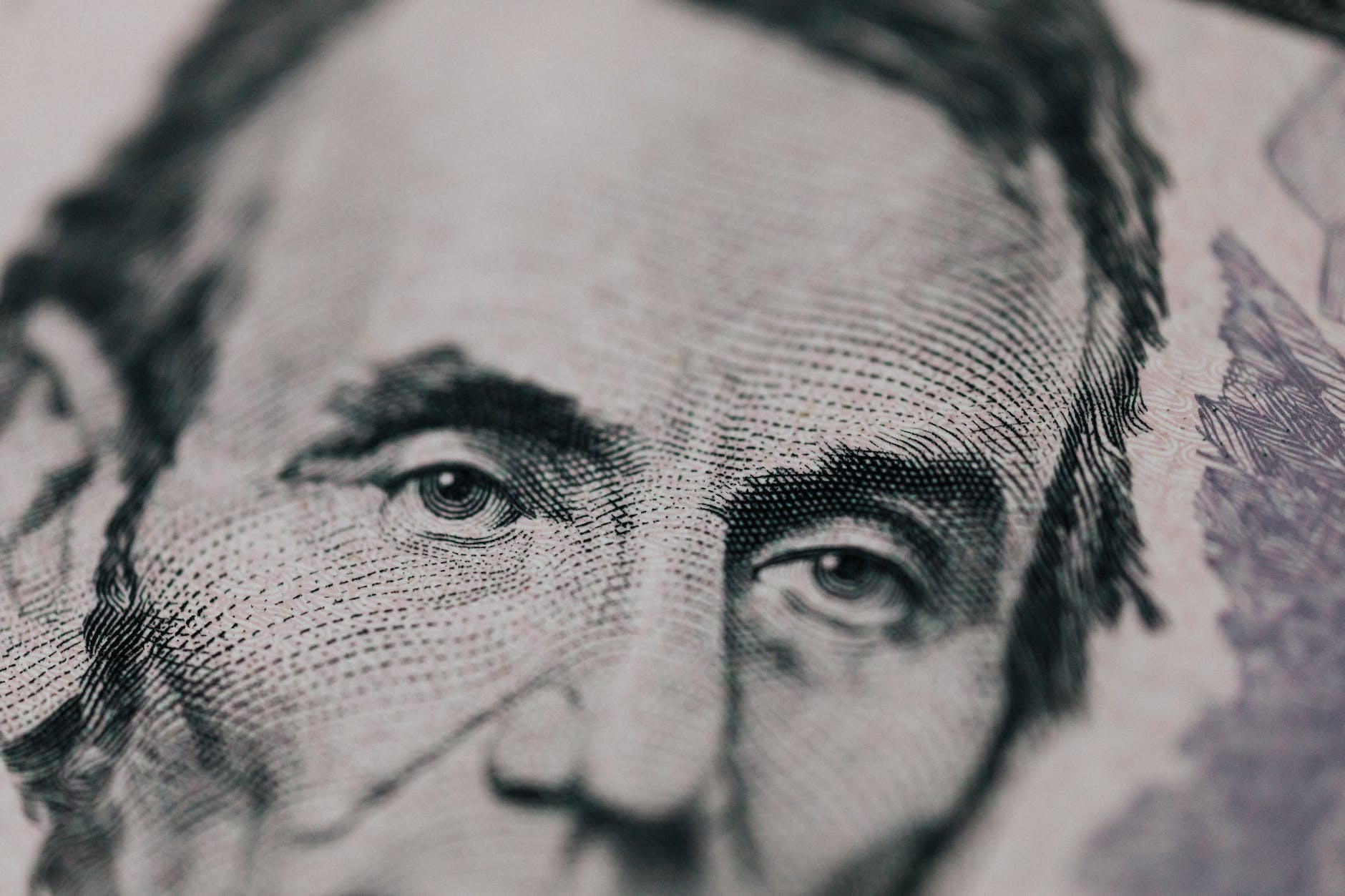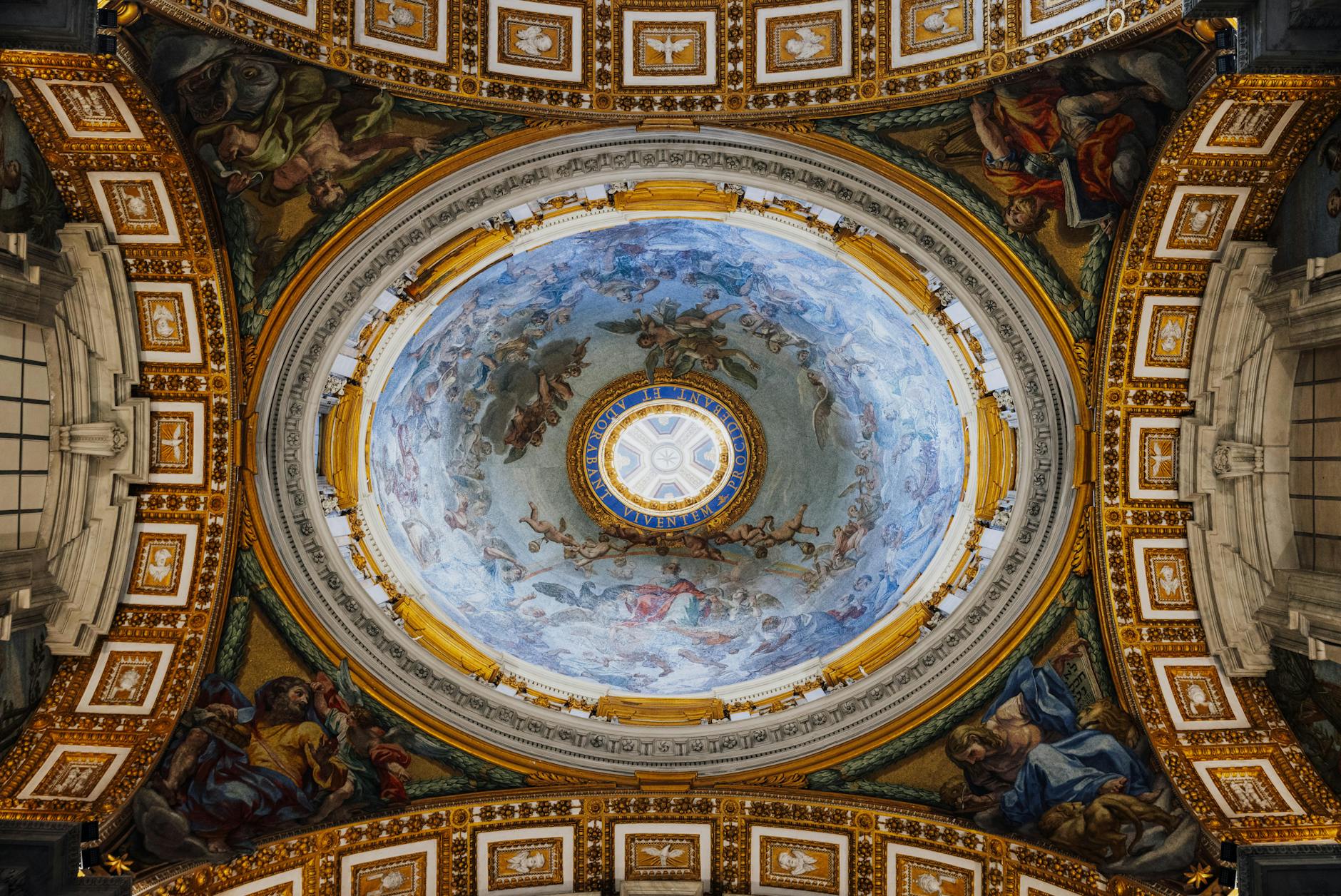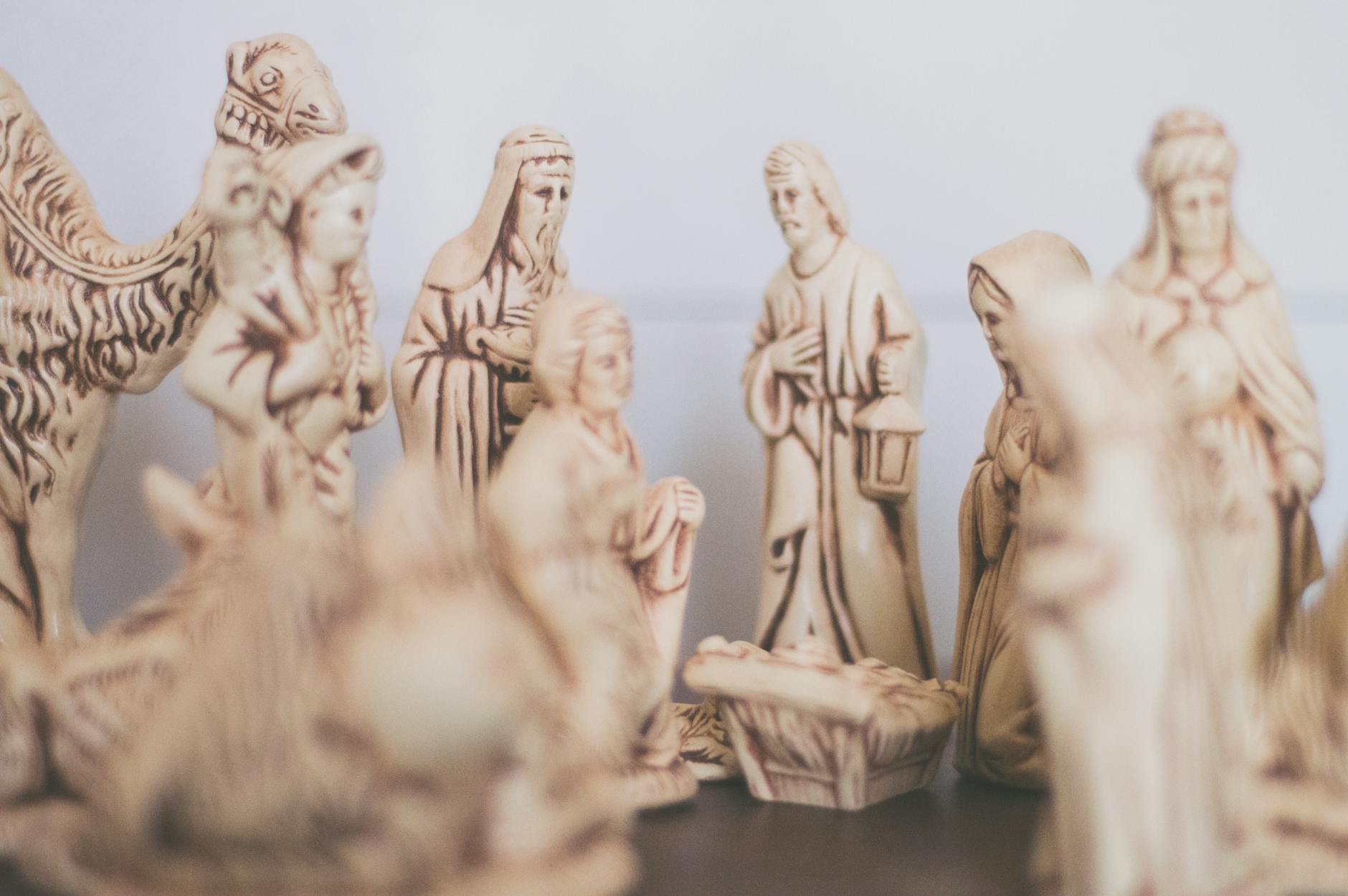The study of the history of psychedelics takes us on a fascinating voyage, diving deep into a world where the lines between the spiritual and material realms blur. Throughout time, countless cultures have harnessed these mind-altering divine plants, considering them as keys to the secrets of the universe. From shamanic traditions< a href='https://www.ncbi.nlm.nih.gov/pmc/articles/PMC4813425/'>shamanic traditions to sacraments of ancient civilizations< a href='https://www.sciencedirect.com/science/article/abs/pii/S0959438817300111'>ancient civilizations, altering of consciousness has been perceivably therapeutic and sacred.
Psychedelics have been an integral part of many cultural rituals< a href='https://aps.onlinelibrary.wiley.com/doi/abs/10.1111/nyas.13982'>cultural rituals for millennia. These psychoactive substances, also known as entheogens< a href='https://erowid.org/library/books_online/psychedelics_encyclopedia/fore.shtml'>entheogens, could inspire spiritual experiences and metaphysical insights. Notable traces of their ceremonial use can be found in myriad indigenous communities across the world.
The Amazonian tribes, for instance, have been employing the psychotropic brew, ayahuasca< a href='https://journals.sagepub.com/doi/full/10.1177/2041669517726627'>ayahuasca, in their cleansing and healing rituals since antiquity. A concoction of the Banisteriopsis caapi vine and the Chacruna leaf, Ayahuasca induced profound transformative experiences that were essential to their spiritual life.
Similarly, peyote< a href='https://www.oxfordhandbooks.com/view/10.1093/oxfordhb/9780199934947.001.0001/oxfordhb-9780199934947-e-61'>peyote, a small spineless cactus with psychoactive alkaloids, particularly mescaline, was integral in ceremonial practices of Native American cultures like the Huichol. Peyote rituals held significant roles in their society, from spiritual edification and therapeutic healing to enhancing community bonding.
Across the Atlantic, in the mild climates of Western Europe, magic mushrooms< a href='https://www.mykoweb.com/articles/ethnomycology.html'>magic mushrooms, especially the species Psilocybin, marked their mystical presence. The mushrooms were characteristic of experiences of extraordinary visions and ecstatic states of consciousness. From cave paintings in Spain to sculpted mushroom stones in Central America, plenty of evidence hints at their ritualistic use< a href='https://www.nature.com/articles/291116a0'>ritualistic use dating back to 9000 BCE.
The earliest known historical records of psychedelic usage are rooted in the spiritual and healing practices of diverse indigenous cultures. While contemporary society associates these substances primarily with recreational use or drug abuse, a growing body of anthropological research< a href='https://onlinelibrary.wiley.com/doi/abs/10.1525/ae.1975.2.3.02a00020'>anthropological research is acknowledging their profound spiritual, ceremonial, and therapeutic capacities.
The 1950s and 60s saw a western scientific interest surge in psychedelics, leading to widespread use and misuse. The stigma created during this phase resulted in stringent laws and restrictions on the use and study of these substances. However, recent trends prove we are witnessing what many call a ‘Psychedelic Renaissance.’ Contemporary neuroscience and psychology are re-exploring the therapeutic potentials of psychedelics, encouraging more open discussions and progressively shifting perceptions.
Throughout time, psychedelics have been used as spiritual sacraments, tools for healing, and gateways to self-understanding and self-transcendence. As modern society embarks on this intriguing odyssey into the mind and beyond, it is essential to remember the deep roots these divine substances have in the human experience. By embracing the historical perspectives on psychedelics, scientists, therapists, and society might find new ways to integrate the profound experiences they can provoke into our modern worldview. Thus, in order to fully understand the multifaceted aspects of psychedelics, shedding a historical lens on them becomes indispensable.








